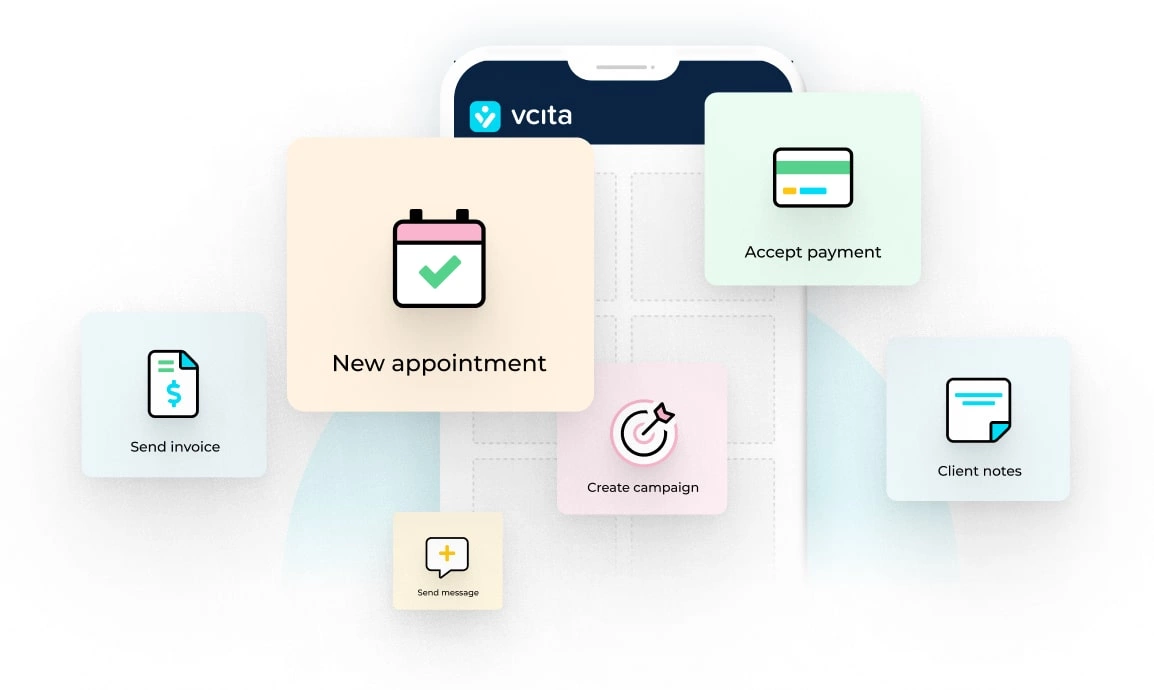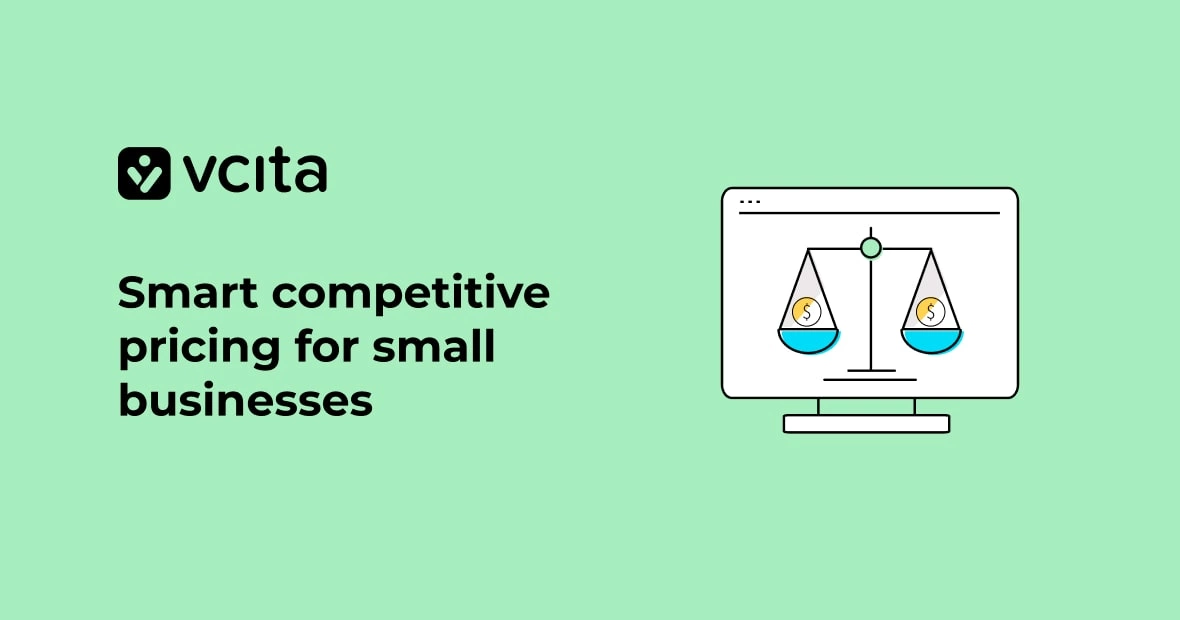You’re a small business owner, so every payment matters. Late payments can cause serious havoc to your cash flow, so you always want to get paid faster. But common invoicing mistakes like missing details, poor timing, and a lack of follow-up could be slowing down your payment process.
Thankfully, invoicing software can help you to issue invoices correctly and in ways that encourage clients to pay on time, improving your cash flow. Keep reading to learn the top invoicing mistakes you’re making that are preventing your invoices from getting paid faster, and how you can avoid them with invoice processing software.
Your invoices are missing important details
One of the most common invoicing errors that slows down the payment process is not including enough details on your invoices. You might think it’s enough just to add your payment details and the final total. But if that’s all you write on an invoice, you’ll keep encountering late payments.
When sending the invoice to your client, make sure you specify exactly what they’re being billed for. This should include:
- Your business name, address, and contact information
- The client’s name and address
- A clear and itemized description of the products or services you delivered
- The date or date range when you performed the work or delivered the products
- The invoice number, for easy reference
- The due date for payment
- The final total
- All the payment methods you accept, and details about how to complete payment
Neglecting these details leads to confusion, delays, and unpaid invoices that hurt your cash flow. Your clients might have questions about the charges or not understand exactly what they’re being billed for. This confusion can lead to payment delays as you go back and forth to clarify the details.
You should also take the time to double check that all information on your invoices is correct before sending them out. Billing errors make you look unprofessional and result in unpaid invoices, which damages cash flow and client relationships.
Use invoicing software like vcita which automatically pulls information onto the invoice from your quotes, time tracker, or customer relationship management (CRM) system. This helps to prevent errors that come from manual data entry. It also checks that you’ve filled in all the fields on the invoice and no information has been accidentally missed.
You’re sending invoices at the wrong time
As a small business owner, the timing of when you send invoices can significantly impact your cash flow and the speed at which clients pay. One of the most common invoicing errors is inconsistent timing around when you send invoices.
It’s best to send your invoice as soon as you’ve delivered the goods or finished the work. Don’t wait until the next billing cycle. Your clients will appreciate the promptness and be more likely to pay on time.
It’s also important to set a consistent payment due date. For example, request payment within 15 or 30 days of the delivery date, and stick to it. This will help your clients plan their own cash flow, which in turn makes them more likely to pay you on time. Using invoicing software can help automate the invoicing process so you never miss sending an invoice and every payment due date is standardized. This makes it easy for your clients to pay, and keeps your cash flowing.
You aren’t following up on overdue invoices
Sending the initial invoice is only the first step in the payment process. Following up on unpaid invoices is crucial for your cash flow and success. Don’t assume that your clients will pay on time without a reminder. Here are some tips for efficient and effective invoice follow-up:
- Double check that you have the right invoice number, products or services listed, and due date before sending the invoice.
- Send your first reminder about a week after the payment due date.
- Send another friendly reminder via email or text message when an invoice is 30 days past due.
- If it’s 60 days overdue, call your client directly. Explain that while you value their business, you have costs to cover and need payment to keep providing services.
- Think about offering a payment plan to help seriously overdue clients pay up.
- As a last resort for severely delinquent accounts (90+ days), you may need to stop providing services or products until payment is made.
Invoicing software can help automate the follow up process too. You can set the system to automatically send reminders a certain number of days after the invoice was sent. This way, you’re not scrambling to track down unpaid invoices month after month.
How to encourage faster payments
Here are 5 tactics you can use to shorten your payment cycle and encourage clients to pay up sooner.
-
Use an automated system
Billing manually leaves room for errors. Use a billing automation system like vcita to avoid mistakes and ensure consistency in sending invoices. Automated systems can also save time by automatically filling in details like your company info, itemized charges for products or services, and the invoice due date.
-
Provide clear payment information
Make it easy for clients to pay by including correct payment information such as your company name, address, and bank account number on the invoice. You should also offer as many payment methods as possible, like online payments as well as checks. Be sure this information is readable, and double check for any errors before sending the invoice.
-
Itemize all the charges
Clearly list each product or service, the charge for each one, and the total amount due. This avoids confusion so your client knows exactly what they’re being billed for. Group items together, and include details like item numbers, descriptions, and costs.
-
Check invoice due dates
Double check that the due date on the invoice matches your billing cycle and terms of payment. If it’s wrong, your client may pay late or not at all, damaging your cash flow. It’s best to automate your billing to set the correct due dates.
-
Follow up on unpaid invoices
Don’t just assume unpaid invoices will resolve themselves. Follow up with clients by phone or email before the due date to ensure the invoice was received and the charges are correct. Send payment reminders after the due date to avoid invoices remaining unpaid, which can hurt your business.
Remove obstacles to late payments and improve your cash flow
You don’t want your hard work providing products or services to go unpaid. Taking steps to avoid common invoicing errors will help get your invoices paid on time, and keep cash flowing into your business. Carefully checking details and using tools to automate your billing process can help minimize mistakes so you get paid faster. With an efficient invoicing system in place and by sending invoices promptly, you’ll experience fewer unpaid invoices and enjoy healthier cash flow for your business.




























